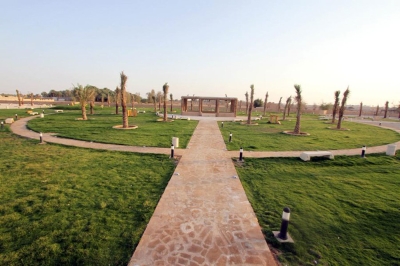
The Decorated Frieze is an archaeological rectangular frieze made of gypsum, framed by two protruding edges. It measures 120 cm in length and was discovered at Hawra Historic Port, located about ten km north of Umluj Governorate, Tabuk Province in the Kingdom of Saudi Arabia. The frieze is inscribed with decorative writing in leafy Kufic script, including parts of Ayat al-Kursi "His Kursi extends over the heavens and the earth." This frieze dates back to the Abbasid era during the Islamic period.
Significance of the decorated frieze
The decorated frieze signifies the Muslim artist's interest in using verses from the Holy Quran to adorn living spaces and highlights the high level of urbanization and civilization enjoyed by urban centers and cities during the early Islamic period.
Preservation of the decorated frieze
The decorated frieze is housed in the Saudi National Museum in the capital, Riyadh. It is part of the findings of archaeological surveys and excavations conducted by the Antiquities and Museums Sector in Saudi Arabia over recent years and is one of the discoveries of Saudi archaeologists and scientific missions.
The frieze was also part of a selected collection of Saudi archaeological discoveries featured in the Saudi Archeological Masterpieces Through the Ages Exhibition, which began its global tour from the Louvre Museum in Paris, France, before continuing to museums and exhibitions around the world.
Related quizzes
Related articles

